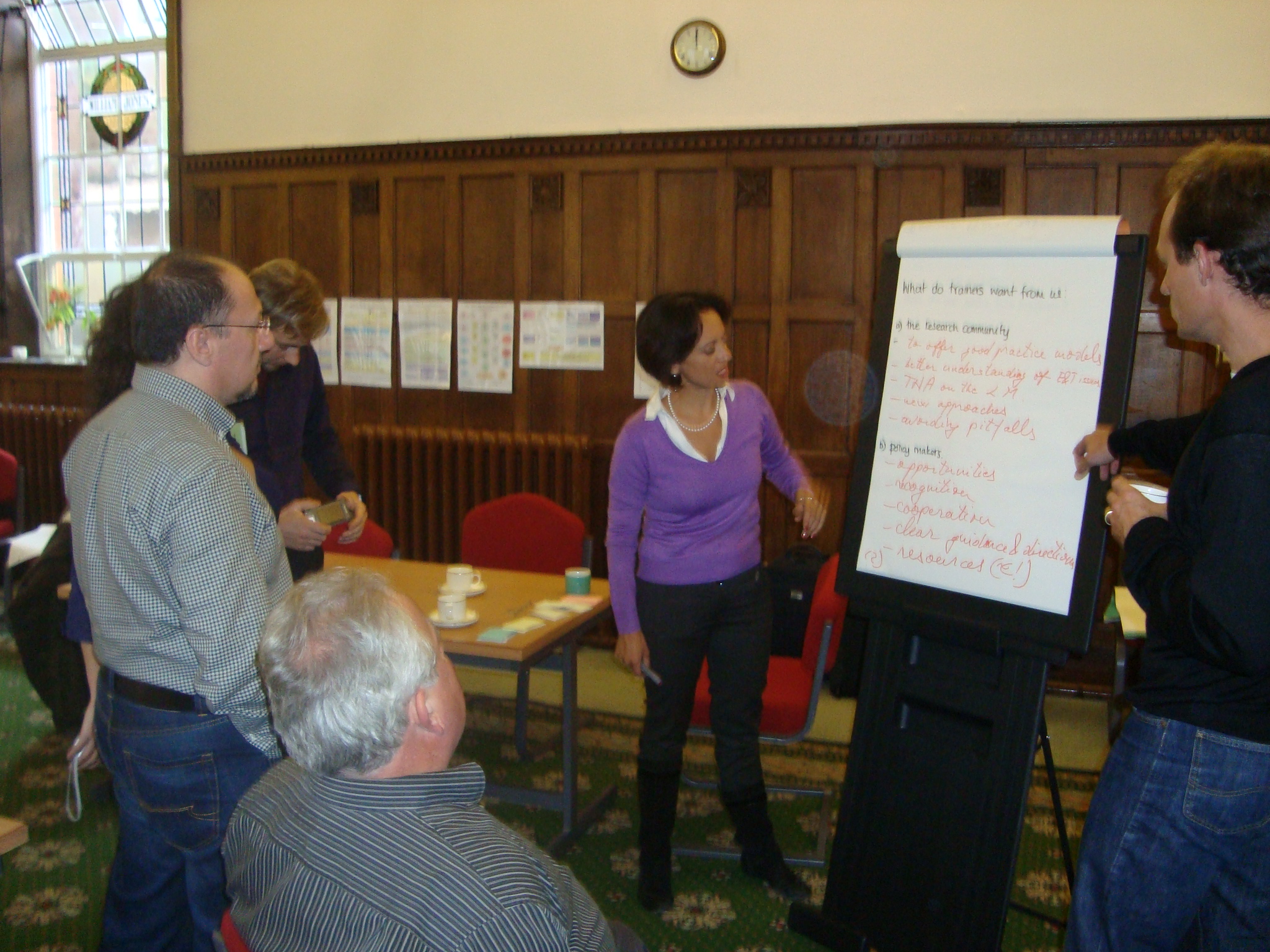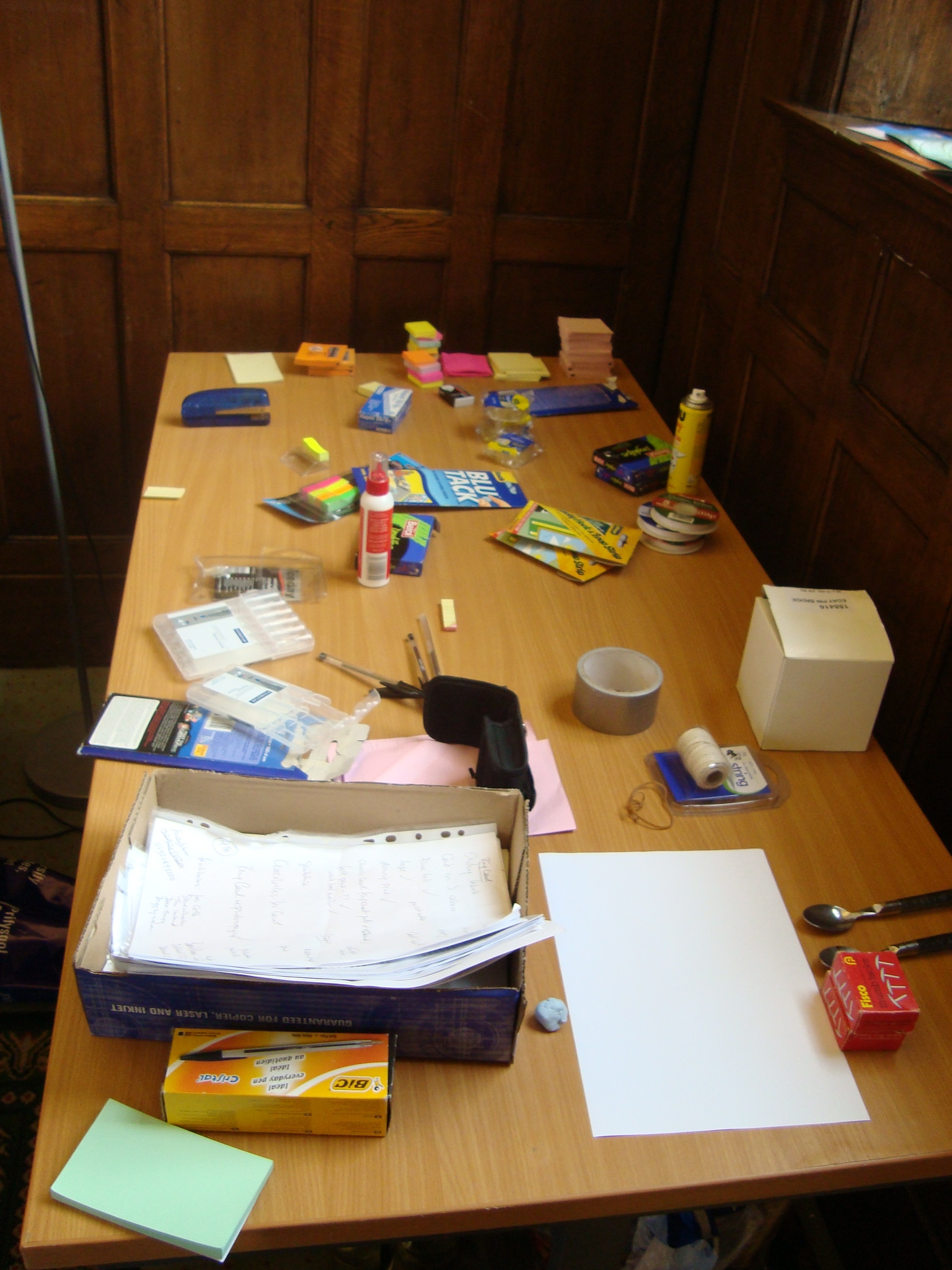Cyborg patented?
Forbes reports that Microsoft has obtained a patent for a “conversational chatbot of a specific person” created from images, recordings, participation in social networks, emails, letters, etc., coupled with the possible generation of a 2D or 3D model of the person.
Please follow and like us:
Racial bias in algorithms
From the UK Open Data Institute’s Week in Data newsletter
This week, Twitter apologised for racial bias within its image-cropping algorithm. The feature is designed to automatically crop images to highlight focal points – including faces. But, Twitter users discovered that, in practice, white faces were focused on, and black faces were cropped out. And, Twitter isn’t the only platform struggling with its algorithm – YouTube has also announced plans to bring back higher levels of human moderation for removing content, after its AI-centred approach resulted in over-censorship, with videos being removed at far higher rates than with human moderators.
Please follow and like us:
Gap between rich and poor university students widest for 12 years
Via The Canary.
The gap between poor students and their more affluent peers attending university has widened to its largest point for 12 years, according to data published by the Department for Education (DfE).
Better-off pupils are significantly more likely to go to university than their more disadvantaged peers. And the gap between the two groups – 18.8 percentage points – is the widest it’s been since 2006/07.
The latest statistics show that 26.3% of pupils eligible for FSMs went on to university in 2018/19, compared with 45.1% of those who did not receive free meals. Only 12.7% of white British males who were eligible for FSMs went to university by the age of 19. The progression rate has fallen slightly for the first time since 2011/12, according to the DfE analysis.
Please follow and like us:
Quality Training
From Raconteur. A recent report by global learning consultancy Kineo examined the learning intentions of 8,000 employees across 13 different industries. It found a huge gap between the quality of training offered and the needs of employees. Of those surveyed, 85 per cent said they , with only 16 per cent of employees finding the learning programmes offered by their employers effective.
Please follow and like us:
 Before travelling to Portugal I helped run a two day workshop on policies and practice in the training of teachers and trainers. The workshop, sponsored by the European Commission brought togther researchers and practitgioners form five different countries. And we ran it as a real workshop. The participants themselves produced the materials. And not a powerpoint in site. It was like a breath of fresh air to be talking, working, developing and sharing ideas. Sometimes I wonder if the ease of use of tools such as Powerpoint have made us lazy and worse has stifled creativity and particpation.
Before travelling to Portugal I helped run a two day workshop on policies and practice in the training of teachers and trainers. The workshop, sponsored by the European Commission brought togther researchers and practitgioners form five different countries. And we ran it as a real workshop. The participants themselves produced the materials. And not a powerpoint in site. It was like a breath of fresh air to be talking, working, developing and sharing ideas. Sometimes I wonder if the ease of use of tools such as Powerpoint have made us lazy and worse has stifled creativity and particpation.

I agree with Graham on this one.
(Mind you he forgot to say that when we arrived, pre-workshop, to set it all up, neither of us could work out how to use the fully automated console that looked like the star ship Enterprise, we failed to find out how the projector worked and we couldn’t find the button that dropped the screen from the ceiling…so any Powerpoint we may have thought about using was a bit doomed!)
That said, the feedback from the participants was all about how much they had enjoyed the process – which was great! Depressingly, I’m now getting grief because “the format will not work with another group.” Er…no. Funnily enough. Dare I say it, it will have to be adapted for different groups. With different learning needs.
Seems like the Commission wanted me to design a standardised process so that this workshop could be replicated exactly, irrespective of the learners’ language, cultural background, previous experiences or expectations. Less a format, more a formula. A painting-by-numbers kit for learning.
This came straight after another Commission supported project meeting when I sat through two days of discussion on SCORM compliant learning objects – which, from my technologically inept point of view, sound as if they should be the responsibility of the Weights and Measures Departments of local authorities not teachers. I must admit, the thought that kept going through my brain was that it all seemed like that quote by Dylan Thomas in Under Milkwood….”I must keep my pyjamas in a drawer marked pyjamas.”
[Like the reality TV show, I think I’m having a bit of an “I’m a trainer – get me out of here” moment]
Trying to be more constructive, maybe we should rethink our strategy of searching for standardised learning objects, standardised processes, standardised competences and the rest. The really neat solution would be to have SCORM compliant learners instead. This would make much more sense and one I feel we should propose. In fact, it is such an obvious idea I don’t know why we haven’t explored its potentil before. So I am launching a Pontydysgu competition for a design for a scorm compliant learner that complies with all the appropriate standards. Entries in any media.